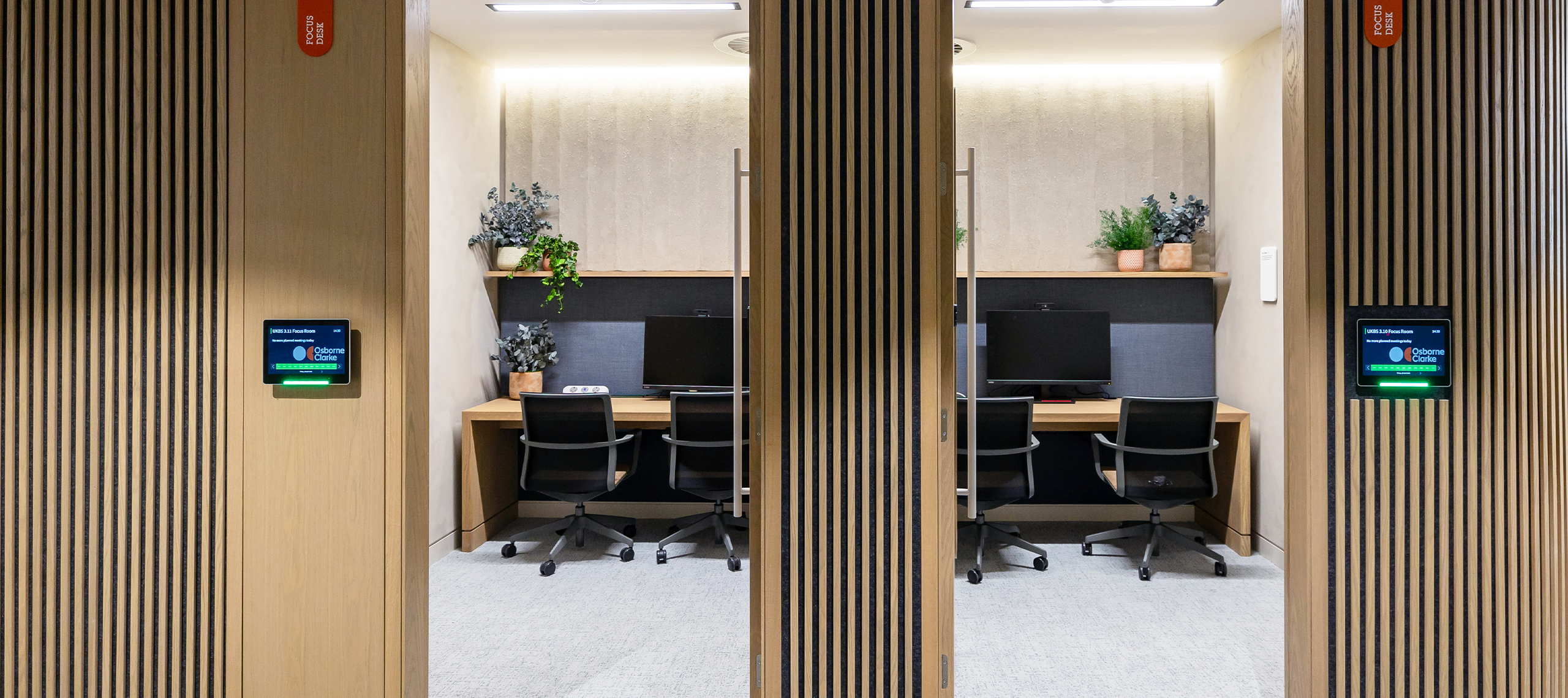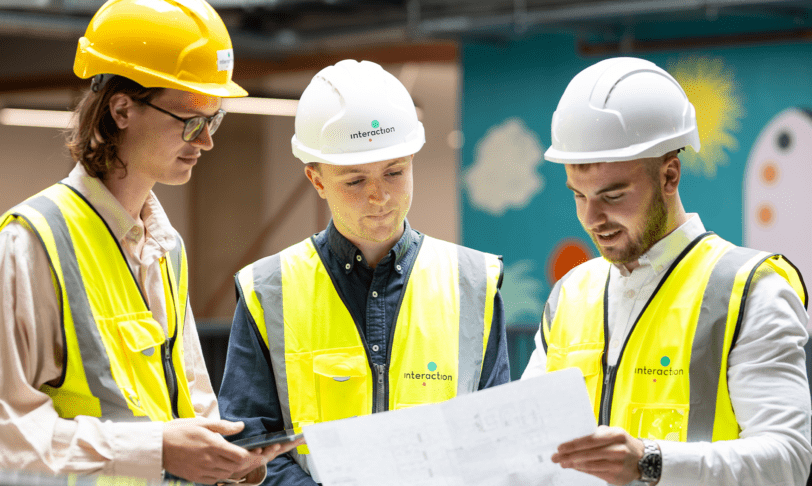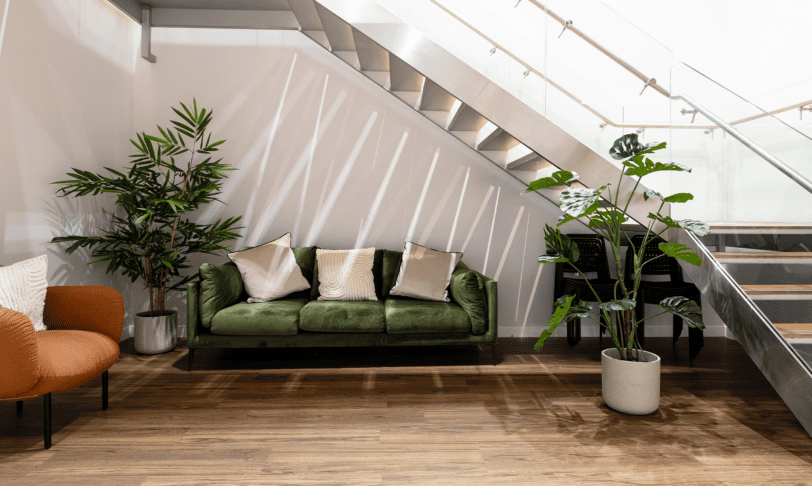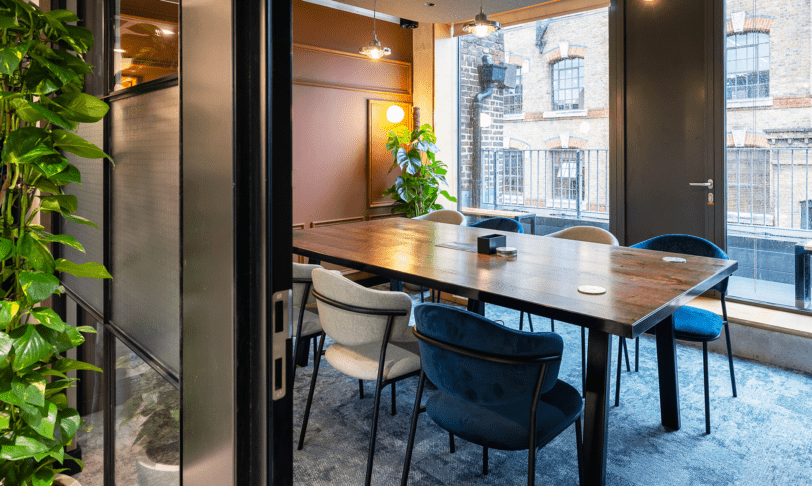Smart Buildings, Smarter Returns: tech trends that help landlords and asset managers maximise value
A major part of commercial property management is finding ways to increase asset value and tenant satisfaction, something which is becoming increasingly nuanced and reliant on emerging technologies. From real-time data collection to AI-powered insights, the latest trends in property management technology are helping landlords, asset managers and developers make smarter, faster decisions. This article explores five key innovations reshaping property performance in 2025 and how they’re already delivering measurable benefits.
Internet of Things (IoT) software integration
In the context of property management, the Internet of Things very basically translates to devices and systems that communicate via the Internet to collect data about a property. The integration of IoT into commercial property management has moved on from being a futuristic prospect to becoming foundational. IoT software can track everything from CO₂ levels and VOCs (Volatile Organic Compounds) to occupancy, noise, and equipment usage – especially great in shared spaces such as gyms, kitchens and elevators.
Crucially, this data is not just stored, it’s when it is analysed and applied that it becomes useful. Smart IoT sensors help predict needed maintenance by notifying of performance dips or potential failures in building systems before they occur, preventing downtime and further costs. They also help optimise energy and utilities usage, adjusting lighting or HVAC systems in response to real-time occupancy levels.
Examples of IoT devices in commercial real estate include smart thermostats that optimise energy use and reduce costs, sensors that track consumption across systems, and real-time monitoring security systems. Connected appliances like smart refrigerators and adaptive lighting systems that respond to occupancy are also gaining traction. For asset managers balancing operational cost with tenant experience, smart sensors offer real-time visibility into energy, usage, and air quality, supporting both ESG credentials and retention strategies.
In one case, a UK-based student housing provider modernised operations across properties in Derby, Lancaster, Leicester, and Lincoln by integrating IoT systems through a HubSpot-led digital transformation. With tools like iLOQ for smart access control, PayProp for streamlined payments, and IoT-driven systems for energy and space management, the company significantly enhanced tenant satisfaction and operational efficiency.
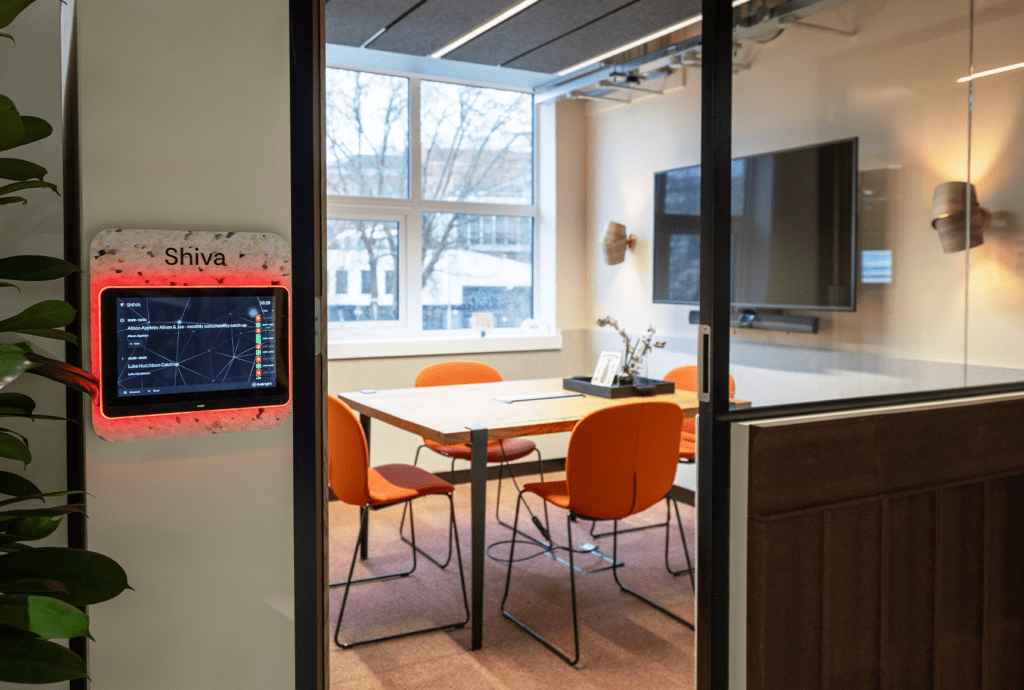
Smart energy management systems
While IoT and Energy Management Systems (EMS) often work in tandem, they serve distinct roles. IoT refers to the network of devices and sensors that collect real-time data across various building systems – everything from room occupancy to air quality. In contrast, EMS focuses on interpreting that data and turning it into automated, actionable responses specifically geared toward energy optimisation. Think of IoT as the eyes and ears of the building, and EMS as the brain that decides how to act on what those sensors detect.
With sustainability at the forefront of ESG strategies, smart energy systems have become an important tool for competitive commercial properties. Modern Building Management Systems (BMS) enable centralised control of a building’s infrastructure, from heating and cooling to lighting and ventilation.
More advanced Energy Management Systems layer in AI capabilities to provide dynamic, real-time adjustments based on usage patterns. For instance, HVAC systems can automatically scale down when sensors detect low occupancy, significantly cutting costs during evenings and weekends.
Renewable energy sources like solar panels and wind turbines also fall into this category, and have become much more affordable and powerful in recent years. Augmenting a building’s energy use with these attracts conscientious tenants while saving costs and minimising environmental impacts.
Data analytics and Artificial Intelligence
AI tools have made a quiet but powerful entrance into the property world. Smart platforms now leverage machine learning algorithms to turn vast amounts of building and tenant data into actionable strategy. It can help guide layout redesigns, streamline automation, and enable predictive maintenance with more precision.
Understanding not just how tenants use a space, but how they feel in it, provides powerful insight. Are they distracted by noise in breakout areas? Do certain zones help them feel more focused and energised? By enabling tenants to share feedback and combining it with AI-driven analysis, landlords can identify subtle patterns that reveal whether a space is supporting productivity or falling short. This emotional intelligence allows for proactive adjustments that enhance tenant wellbeing and increase the likelihood of long-term occupancy.
For Fund Managers seeking stable returns, predictive maintenance reduces CapEx spikes and unexpected disruptions. AI also simplifies time-consuming tasks like lease abstraction, forecasting renewals, and coordinating maintenance schedules, freeing up property managers to focus on strategies or building relationships with tenants. For example, Prophia has aided commercial real estate operations by analysing over 114,000 real estate contracts. Their AI-powered platform streamlines the onboarding of new assets by processing rent rolls and lease documents, generating comprehensive lease summaries.
For more, see: The role of AI in workplace design.
Space utilisation and intelligence
Commercial property value is directly tied to how effectively its space is used. Utilisation technology provides the insights needed to make data-backed decisions on layout, amenities and services. Occupancy sensors, foot traffic heatmaps, and smart desk booking systems track how people interact with spaces in real time.
The result is a crystal-clear view of how space is performing. This enables facilities teams to adapt layouts, switch underused zones into high-impact collaborative areas, or introduce hybrid working tools like hot desking, which aligns office resources with actual usage patterns.
Interaction regularly uses this data in workplace strategy sessions to deliver high-impact designs that evolve with the client’s business needs. From reducing excess square footage to transforming traditional desk rows into innovation hubs, smart utilisation drives efficiency and experience. Reducing cost is one thing, but it’s also about elevating the tenant experience and improving ROI by making every square metre count.
Curious about dynamic desk policies? Read more on: What are the benefits of hot desking?
Tenant experience platforms
The best smart buildings don’t just serve landlords but enhance the tenant experience. Modern tenant experience platforms are mobile-first, intuitive, and designed to integrate seamlessly with a building’s wider digital ecosystem. Tenants can express their views and log issues via an app that gathers all the data. It centralises all tenant communications and service requests into a single dashboard, boosts engagement through targeted announcements and surveys, and generates real-time insights on tenant satisfaction.
From adjusting temperature and lighting to booking meeting rooms or reporting issues, tenants can control their environment at the tap of a screen. These platforms also support community features, like internal events, surveys, and updates, that help foster a sense of place. Popular examples include Spaceflow, Bengie, Equiem and HqO.
Ultimately, tenant experience platforms transform buildings from static spaces into dynamic environments where people feel empowered and engaged, which has been shown to reduce churn and increase lease renewals. For landlords, this translates into stronger relationships, higher retention, and better returns.
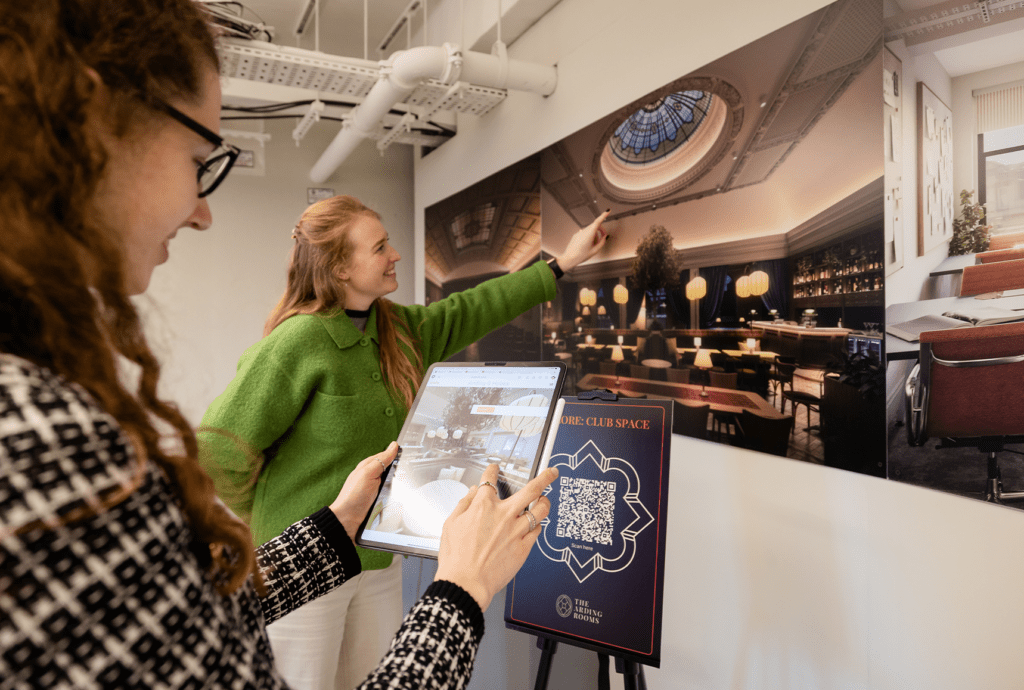
Work Smarter, Not Harder
Commercial property is undergoing a technological renaissance. But it’s not just about sensors, screens, or systems, it’s about people. The smartest technologies are those that enhance tenant wellbeing, operational efficiency, and long-term value.
When thoughtfully integrated, technologies like IoT, AI, and smart energy systems create a competitive edge, ensuring that properties remain relevant, attractive and profitable in an increasingly complex market.
It’s this blend of strategy, design, and innovation that shapes workplaces where people perform at their best. And that’s where Interaction adds real value.
Want to maximise portfolio returns through tech-enabled fit-outs?
At Interaction, we design and deliver smart, sustainable spaces that improve tenant satisfaction, reduce costs and increase property performance. Whether you’re upgrading stock or repositioning a portfolio, talk to us about how our tech-integrated fit-outs deliver Perfection at Pace.
